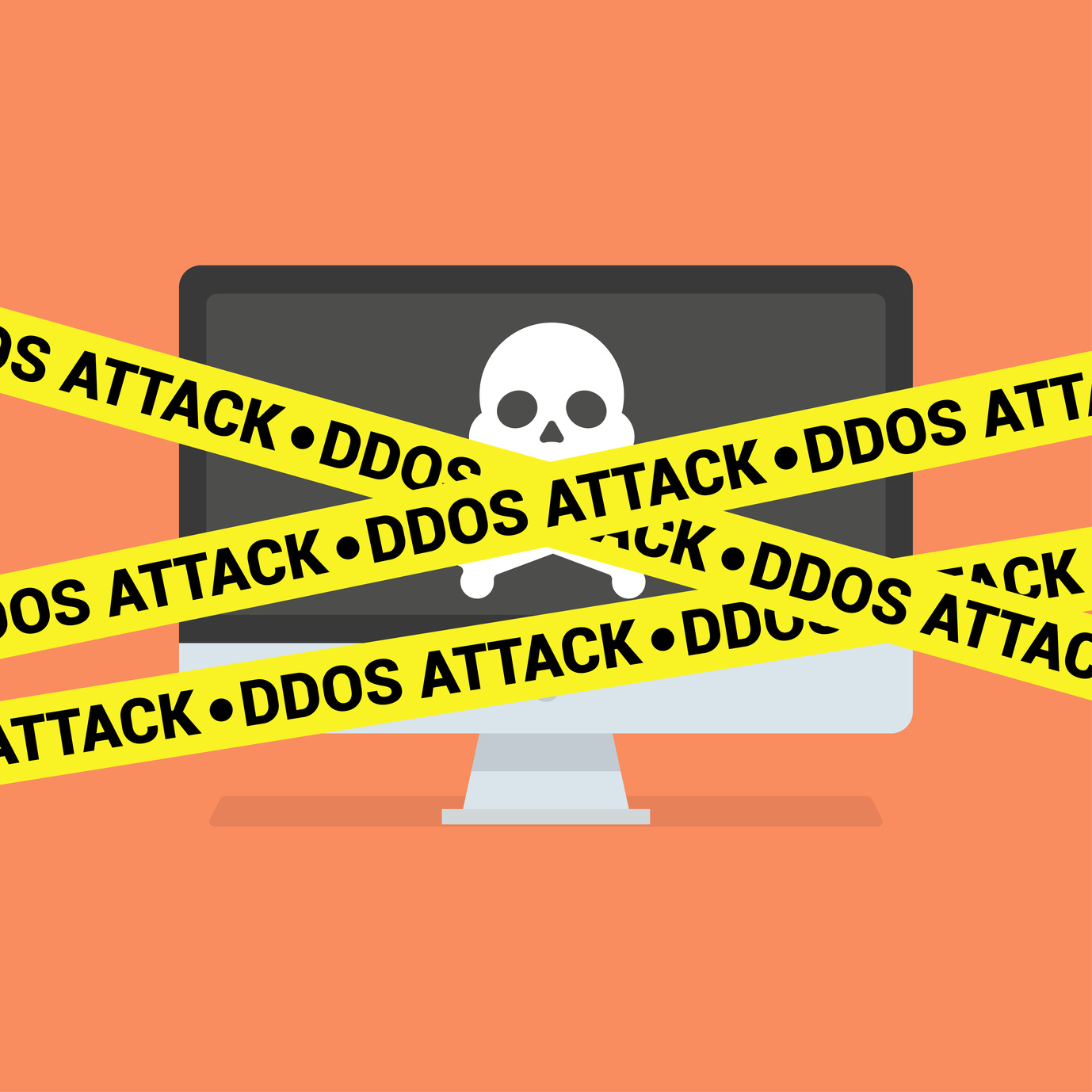What do you think is the biggest threat to your business right now?
Some business owners may be worried about their money. They may only trust themselves to handle payroll or bank deposits. A few would never let other employees touch the company card.
Other people may be worried about their own employees. They don’t just hire for culture or talent, they want someone they can trust.
If you’re worried about the safety and stability of your business, you should be looking online. DoS protection has become an essential part of cybersecurity for a lot of businesses. And after you learn about how disruptive DoS attacks can be you’ll understand why it’s a priority.
DoS Danger
When most people think of online security issues data breeches and stolen information usually comes to mind. Your data and other sensitive information are important, but there are more pressing matters at hand.
A denial of service (DoS) attack is exactly what it sounds like. Attackers render websites and other important online resources unavailable to its intended users.
A denial of service attack is relatively simple to execute, you may have even been a part of one without knowing it. It’s simple for hackers to send out emails, messages, or social media posts with embedded links that can overwhelm a server.
A simple DoS attack is troublesome enough, and a DDoS attack can be just as troublesome. When a DDoS attack occurs, a hacker uses your system to attack another computer.
Types of Dos attacks
If you want to have good DoS protection, you need to understand the different kinds of DoS attacks.
- Volume attacks (connectionless attacks): Also known a “flood”. The main purpose of this DoS attack is to overwhelm the bandwidth of the site and cause congestion by sending as many “people” to it as possible. They’re commonly executed with botnets, computers infected with malicious software and code that’s controlled by the hacker
- Application layer attacks: Also known as “7 layer attacks”. These attacks target weaknesses in servers and applications. They establish a connection and overwhelm it by taking over transactions and processes. They can be difficult to detect because they don’t require a lot of computers.
- TCP state exhaustion attack: This kind of attack is unique and focuses on attacking firewalls, web servers, and load balancers. Their goal is to disrupt connections which will overload their finite number of concurrent connections the device can support.
As you can see, a DoS attack is much more complex than a website simply going down. If you’re new to the world of cyber security you may not see why a DoS attack can be so serious.
After you learn about businesses and brands were affected by DoS attacks, you’ll see why you should be concerned.
The hacks heard round the world
Where were you on December 31st, 2015? If you were like many people you were probably celebrating New Year’s Eve, but if you worked in IT for the BBC or Donald Trump you were working overtime.
A group called New World Hacking executed a devastating DoS attack that day. The BBC’s main website and their multimedia tool iPlayer were down for at least three hours.
Trump was only campaigning at the time, but his website was also hit and was inaccessible for hours.
An attack that can cripple one of the biggest media empires in the world and the website of the future President of the United States is no laughing matter.
The same group went on to perform another massive DoS attack. In October 2016 several popular websites like Twitter, GrubHub, and Spotify were crippled by a DoS attack by the same group.
Iconic multinational brands are still vulnerable to DoS attacks in 2017. These attacks cause problems for millions of people, and also embarrassed some brands.
Why you need DoS protection
As you can see, DoS attacks can affect businesses of all sizes and cause a variety of problems. The cost to businesses DoS attacks can cause can be devastating.
Once your website is affected by a DoS attack, you need to employ IT professionals to fix it. You miss out on online sales. You lose a connection to potential customers.
The average business owner simply doesn’t have the time or money to deal with the ramifications of a DoS attack. That’s why the best way to deal with DoS threats is to try to prevent them from happening.
Aside from having a plan to deal with downtime, you need to plan for DoS attacks.
Have a strong ISP
A lot of businesses find that it’s easiest to lean on their internet service providers (ISP) for their initial DoS protection. ISPs have far more bandwidth than a standard enterprise would.
That extra amount of bandwidth could make it difficult to target your site.
Don’t think blocking will fix it
Some amateur IT professionals will try to stop a DoS attack by simply banning offending IP addresses from accessing the targetted site or server.
This method will seem like it’ll work at first, but as the attack goes on it’ll become nearly impossible to keep up with the flood of visitors. The purpose of a DoS attack is to overwhelm servers and the people trying to fix them.
Eventually, you won’t be able to individually block them all.
Once it’s clear that an attack is occurring, your DoS protection resources would be better focused on finding solutions and not blocking individual IP addresses.
Watch out for secondary attacks
Sometimes a DoS attack is just a distraction from something bigger. While your IT team is scrambling to stop the source of the DoS issue, someone could be stealing data or other sensitive information.
It’s tempting to put all of your IT resources on fixing the DoS attack. But you should always have someone checking other things to ensure that there aren’t more problems.
Hackers are always looking for ways to disrupt businesses and websites. Are there other cyber security concerns you have? Let us know so we can help you protect your business.




